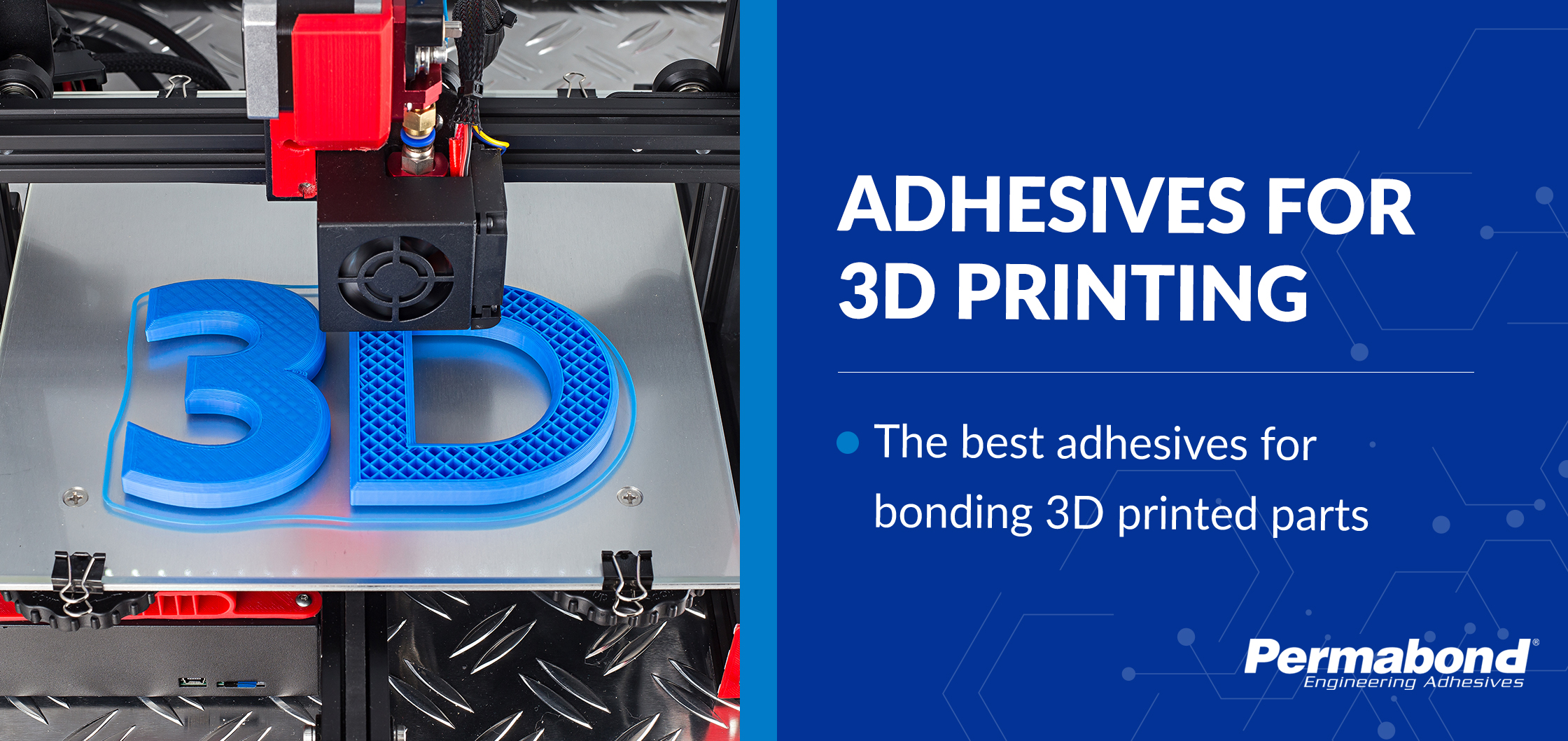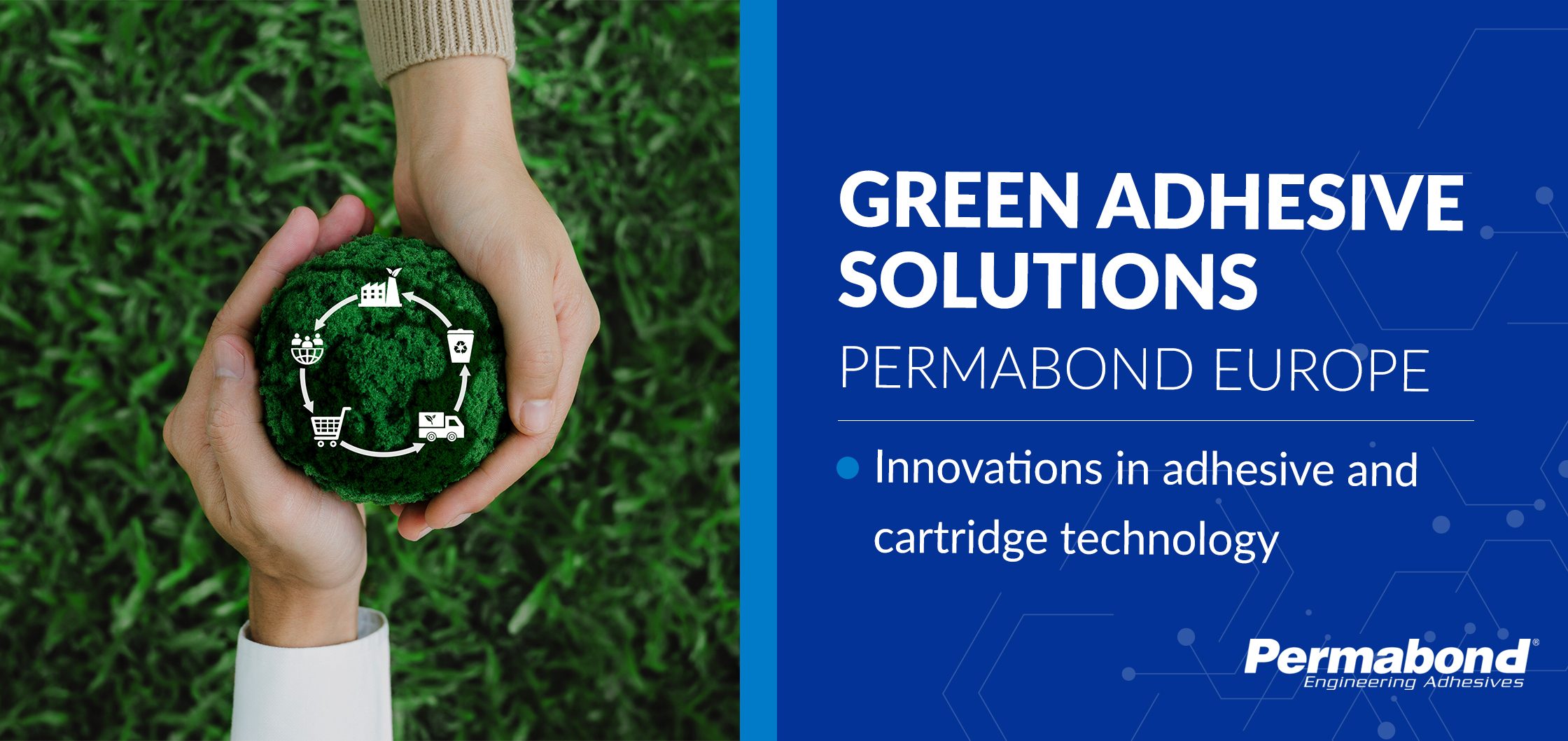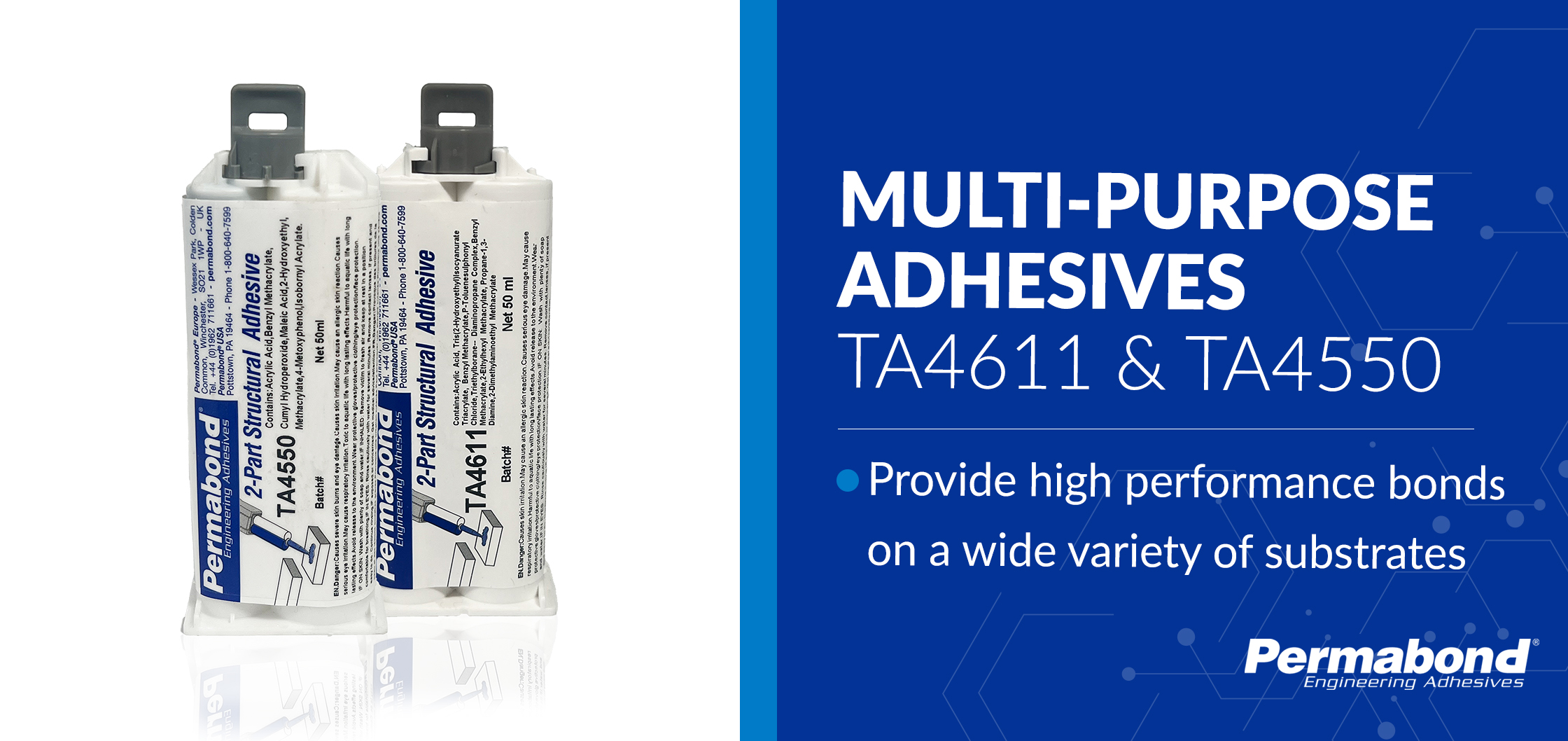Adhesives have a wide variety of uses in the medical device industry. However, unlike devices in some other sectors, some medical devices need to undergo strict testing to comply with biocompatibility regulations, depending on the devices’ intended purpose. Therefore, in addition to considering a high bond strength, chemical resistance, and other general adhesive selection challenges, medical device manufacturers must also consider whether any adhesives they choose will hinder their device from passing FDA biocompatibility testing, as well as if the bond will degrade under their chosen method of sterilization.
What is a medical device adhesive?
In short, a medical device adhesive is an adhesive used on any medical device. So, what is a medical device? Loosely paraphrased from the FDA, a medical device is an instrument, apparatus, implement, machine, contrivance, implant, in vitro reagent, or other similar or related article….used to treat or diagnose. Unlike food-grade adhesives, medical device adhesives themselves contain no special pre-approval or blessing from the FDA.
However, adhesives become components of medical devices upon their application. The FDA requires that these devices meet specific biocompatibility, which reflects the intended use of the device. Despite the following being a common misunderstanding, they do not require that each individual component of the device carry specific testing or approval.
Even so, medical device manufacturers often prefer to only use components that meet biocompatibility requirements. This is both for simplicity and to give the device the best chance of passing testing. As such, medical device adhesive manufacturers often cure their adhesives and test them, similar to testing a sheet of plastic. Cytotoxicity (ISO 10993 part 5) is the most common screening test for adhesive biocompatibility. Depending on the nature and length of contact with the body, other testing might also be necessary.
It’s important to remember, however, that even if adhesive manufacturers test their adhesives beforehand, they will still need to test them on the finished device in order for it to pass biocompatibility testing.
Sterilization
In addition to biocompatibility requirements, many medical devices also require sterilization. Therefore, how many times a device is used in its life cycle is another key question for manufacturers when choosing medical adhesives. Some medical devices are disposable, i.e., only used once, whereas others are reusable. Single-use devices are normally subject to bulk sterilization, once, during their manufacture, receiving no further sterilization thereafter. Reusable medical devices, on the other hand, can be subject to sterilization in an autoclave multiple times throughout their lives.
The issue of sterilization is important because this process can often be harmful to adhesives. To quote the FDA, “Medical devices are sterilized in a variety of ways including using moist heat (steam), dry heat, radiation, ethylene oxide gas, vaporized hydrogen peroxide, and other sterilization methods (for example, chlorine dioxide gas, vaporized peracetic acid, and nitrogen dioxide).” Therefore, any adhesive chosen for a medical device needs to be able to withstand the treatment used to sterilize it.
Disposable medical devices are often sterilized using either EtO or gamma radiation during production. At this level of exposure, both of these techniques are relatively safe for most adhesives. The same goes for newer bulk sterilization techniques, such as hydrogen peroxide. Reusable medical devices, on the other hand, not only undergo sterilization many times during their lifecycle, but the sterilization methods they endure are often harsher than for single-use devices. This subsequently rules out many adhesives due to their inability to withstand such harsh chemical processes.
Medical adhesive applications in which biocompatibility testing is not needed
It’s important to remember that there are also many adhesive applications in the medical device sector that do not require biocompatibility testing. Permabond has adhesive applications on all types of devices, including disposable devices, assistive devices, surgical devices, and diagnostic equipment.
Adhesives are involved in many more applications than only those devices which require biocompatibility. Using the FDA’s definition of a medical device, consider that a “machine” has a motor, electronics, some lights, and a housing. Various types of adhesives are used in all of these applications, which do not require specific biocompatibility testing. Two of these types are Structural Acrylic Adhesives and Anaerobics. Both are popular in medical equipment for bonding, sealing, threadlocking, retaining, and gasketing.
Adhesives used in medical device manufacture
The types of medical device adhesives commonly used to bond plastics include Cyanoacrylates and UV Curable adhesives. Most formulations will pass the majority of biocompatibility testing.
Epoxies also serve as medical device adhesives in various applications. And although they don’t have as robust an adhesion to some plastics, they can form locking mechanisms. For example, bonding needles into hubs. The epoxy may have very little adhesion to the plastic hub – but the designs are such that by filling the well with adhesive, it locks the needle into the hub.
The following provides a starting point for choosing an adhesive technology:
Adhesive Technologies
|
For a partial list of adhesives that Permabond has tested for biocompatibility, click here.
Or download the medical device adhesive flyer.
Contactez-nous
Produits
Assistance technique

Permabond vous aidera à sélectionner la colle qui convient à votre application.
Pour trouver un distributeur

s produits Permabond sont vendus par l'intermédiaire de distributeurs dans le monde entier.
Permabond est certifié ISO QMS compagnie.

Vous pouvez obtenir une copie de notre certificat ISO





